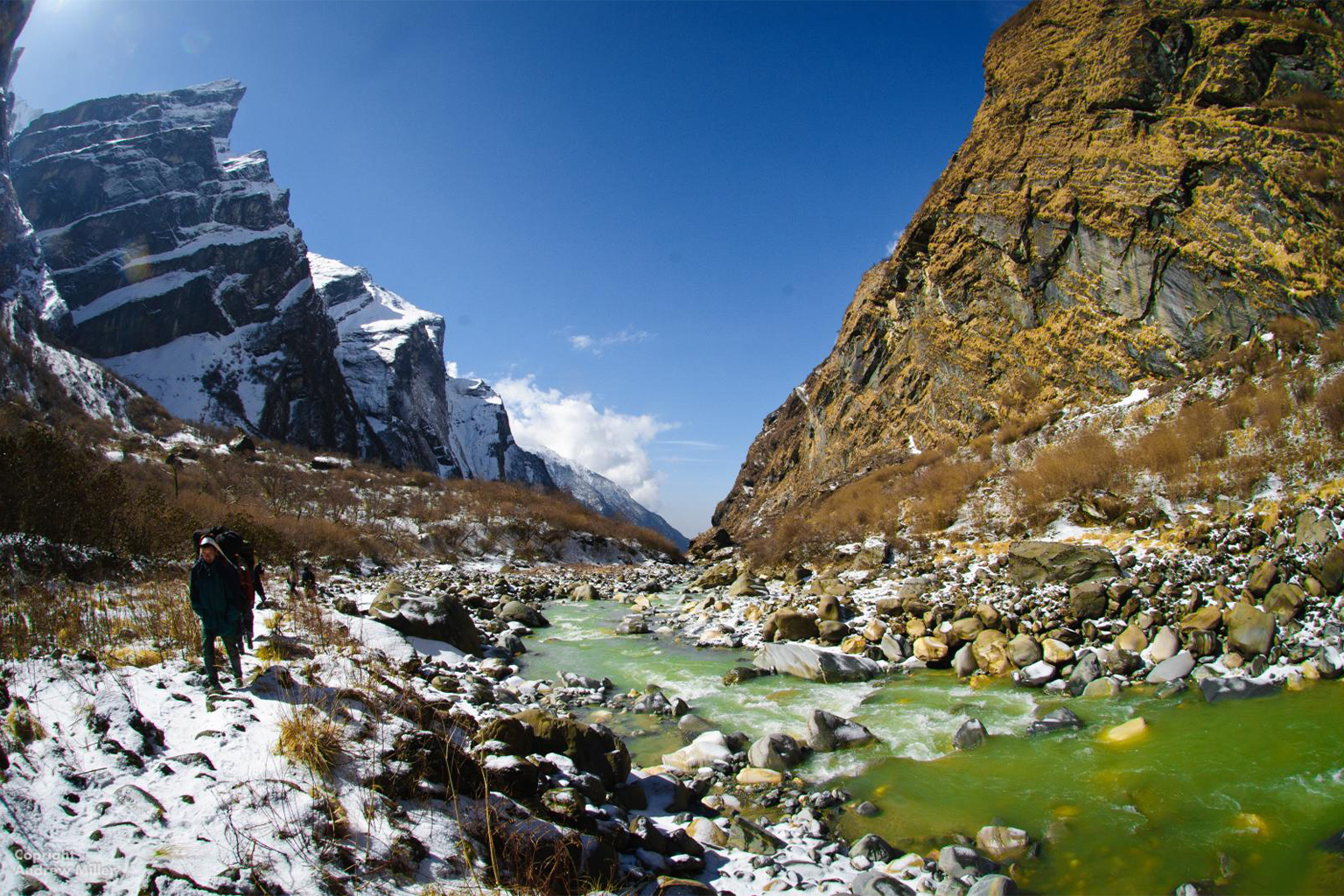- Nepal’s government has issued a controversial ordinance bypassing parliament to enable foreign investment in various sectors, including protected areas.
- The ordinance coincides with Nepal’s Investment Summit, facilitating projects like cable car routes and hotels within national parks.
- Details of the ordinance remain undisclosed, but it reportedly amends laws governing protected areas, allowing construction in previously restricted zones.
- Critics have expressed concern over the potential long-term consequences, questioning the impact on conservation efforts and local communities.
KATHMANDU — Nepal’s government has bypassed the country’s parliament to issue a controversial ordinance facilitating foreign investment in different sectors of the country, including protected areas, in a move that could have long-term consequences for the country’s hard-won conservation gains, experts say.
Although the details of the ordinance, signed into law by President Ram Chandra Poudel on April 28, are still under wraps, a government spokesperson told reporters that it amends several prevailing laws, including the National Parks and Wildlife Conservation Act, which governs protected areas in Nepal.
“The government is yet to publish the ordinance in the [official] gazette, so we don’t know the details yet,” Padam Shrestha, a lawyer who specializes in natural resource litigation, told Mongabay. “However, we can say that it is part of the government’s wider effort to open up protected areas to infrastructure development.”

According to independent media reports citing different sources, the ordinance authorizes the government to declare an area as falling outside of “highly sensitive” zones (such as national parks), and allows the construction of different types of infrastructure. Infrastructure developments classified as “projects of national pride” include those projects of national priority and big-ticket foreign investment projects.
“The ordinance yet again talks about sensitive areas within national parks. But in the past, the whole protected area itself was considered a sensitive area,” said lawyer Dil Raj Khanal. “Now they are classifying areas within protected areas as ‘highly sensitive.’ At this rate, they might further classify zones within protected areas as ‘very highly sensitive’ areas and ‘most very highly sensitive’ areas,” he added. “It doesn’t work that way.”
Nepal is home to a dozen national parks, a wildlife reserve, a hunting reserve, six conservation areas, and 13 buffer zones. These are dotted across the breadth of the country, from the lowland Terai Arc to the high Himalayas, covering nearly a quarter of the country’s total land area. Although local people were displaced to establish national parks in the southern lowlands, people continue to live inside some national parks and conservation areas, such as Sagarmatha (Everest), Langtang and Annapurna.
The government issued the ordinance on the eve of the third Nepal Investment Summit, which it organized to showcase investment opportunities to foreign investors. Some of the projects on the list include the development of cable car lines in the Annapurna region, and a hotel inside Rara National Park, home to the world-famous pristine Rara Lake. The projects would have faced legal barriers in the absence of such an ordinance.
“These projects could have long-term consequences for Nepal’s conservation gains achieved through a lot of effort and sacrifice,” said a conservationist working for a prominent international NGO, who asked not to be named for fear of government retribution. “It also does injustice to local communities who have been forced to make sacrifices and bear the cost of conservation. But the profit from the projects will only land in the pockets of corporates.”

Similarly, there are several cases related to infrastructure development being heard in court. “The ordinance could tilt the balance in favor of developers, most of whom aren’t following environmental safeguard guidelines,” Shrestha said.
Parliament, which is currently in its annual recess, must endorse the ordinance within six months if it is to continue to remain law. As the government commands a simple majority in parliament, it’s expected to do that. “But the law may no longer be relevant after six months as most of the court cases would have been settled, with developers citing the ordinance to further their cause in court,” Khanal said.
The ordinance came as a surprise even to officials working on different regulations to open up protected areas to infrastructure. “We were in discussion about the new proposed regulations when we heard the ordinance was issued,” said an environment ministry official familiar with the developments. “But with the ordinance, the regulations may not even be necessary,” he added.
The new law comes only a few months after the government opened up protected areas to commercial hydropower plants, doing away with the old policy that only allowed local communities to build plants of up to 1 megawatt for local use. The new policy opens up the possibility to develop commercial-scale projects of any capacity entirely within a national park or a protected area.
Abhaya Raj Joshi is a staff writer for Nepal at Mongabay. Find him on 𝕏 @arj272.
Banner image: Tourists participate in a jeep safari at Chitwan National Park. Image by Abhaya Raj Joshi
